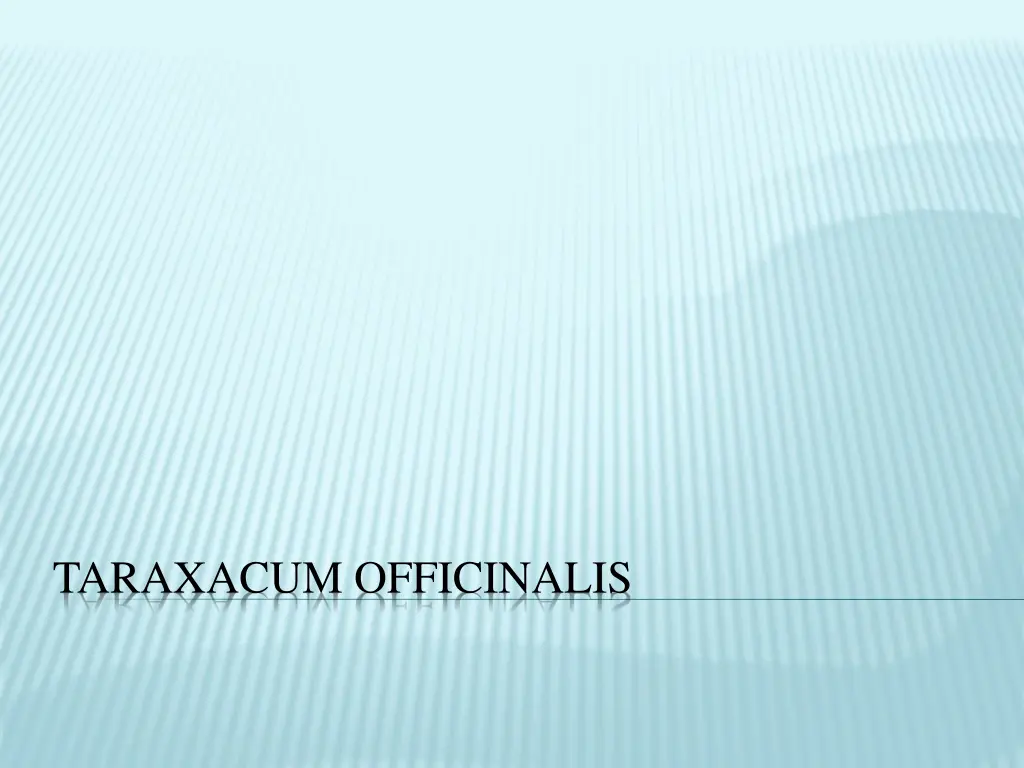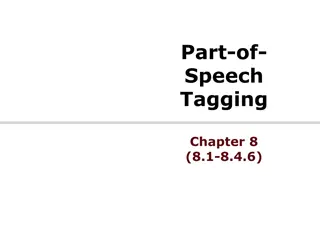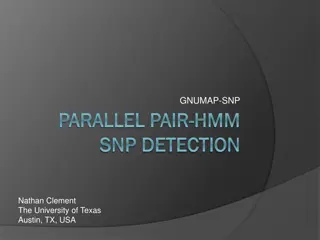
Dandelion (Taraxacum officinale): Uses, Benefits, and Medicinal Properties
Discover the uses and benefits of the common dandelion (Taraxacum officinale), known for its medicinal properties like treating infections, liver problems, and acting as a diuretic. Explore its components, herbal medicine applications, and preparation methods. Learn about the plant's clinical uses in treating conditions such as diabetes, rheumatism, and more.
Download Presentation

Please find below an Image/Link to download the presentation.
The content on the website is provided AS IS for your information and personal use only. It may not be sold, licensed, or shared on other websites without obtaining consent from the author. If you encounter any issues during the download, it is possible that the publisher has removed the file from their server.
You are allowed to download the files provided on this website for personal or commercial use, subject to the condition that they are used lawfully. All files are the property of their respective owners.
The content on the website is provided AS IS for your information and personal use only. It may not be sold, licensed, or shared on other websites without obtaining consent from the author.
E N D
Presentation Transcript
Taraxacum officinale, the common dandelion (often simply called "dandelion"), is a flowering herbaceous perennial plant of the familyAsteraceae (Compositae). It can be found growing in temperate regions of the world, in lawns, on roadsides, on disturbed banks and shores of water ways, and other areas with moist soils. .
T. officinale is considered a weed, especially in lawns and along roadsides, but it is sometimes used as a medical herb and in food preparation. Common dandelion is well known for its yellow flower heads that turn into round balls of silver tufted fruits that disperse in the wind. These balls are called "blowballs
Dandelion contains flavonoids including luteolin, apigenin, isoquercitrin (a quercetin-like compound), caffeic acid, and chlorogenic acid. Dandelion also contains terpenoids, triterpenes, and sesquiterpenes
Dandelion has been used in herbal medicine in an attempt to treat infections, bile and liver problems, and as a diuretic.Dandelion is used in herbal medicine as a mild laxative, for increasing appetite, and as a plant bitter for improving digestion.The milky latex has been used as a mosquito repellent and as a folk remedy to treat warts.
Dandelion.Leontodum taraxacum. Taraxacum Dens-leonis. N. O- Composit . Preparation-Tincture of whole plant just before the perfection of the flower.
CLINICAL Ague. Bilious attacks. Debility. Diabetes. Gall- stones. Headache, gastric. Jaundice. Liver, affections of. Neuralgia. Night-sweats. Rheumatism. Tongue, mapped. Typhoid fever.
GUIDING FEATURES: For gastric and bilious attacks, especially gastric headaches.
Mapped tongue (Lach., Mer., Nat. m.); covered with a white film with sensation of rawness. This film comes off in patches, leaving dark red, tender, very sensitive spots (Ran. s.).
Jaundice with enlargment and induration of liver (mapped tongue). Debility, loss of appetite, profuse night sweats, especially when convalescing from bilious or typhoid fever. Restlessness of limbs in typhoid (Rhus, Zinc.).
PARTICULARS Head.--Sensation of great heat on top of head. Sterno-mastoid muscle very painful to touch. Pressure in lower occiput after lying down is characteristic.
Mouth.--Mapped tongue. Tongue covered with a white film; feels raw; comes off in patches, leaving red, sensitive spots. Loss of appetite. Bitter taste and eructations. Salivation. Empty risings, esp. after drinking. Nausea (with inclination to vomit or vomiting) from very fat food, with anxiety and pressive headache, > in open air.
Stool and Anus Inefficient urging to go to stool.Evacuations several times a day, but accomplished with difficulty (even if stool is not hard).F ces of the consistence of pap, followed by tenesmus.Voluptuous itching in perineum (compelling one to scratch).
Abdomen.--Liver enlarged and indurated. Sharp stitches in left side. Sensation of bubbles bursting in bowels. Tympanites. Evacuation difficult..
Extremities. Very restless limbs. Neuralgia of knee; better, pressure. Limbs painful to touch.
Fever. Chilliness after eating, worse drinking; finger tips cold. Bitter taste. Heat without thirst, in face, in toes. Sweat on falling asleep.
MODALITIES Worse- resting, lying down, sitting,night. Better -touch.
Compare: Bry., Hydr., Nux, in gastric and bilious affections. Mapped tongue, Ars., Nat. m., Ran. s. Restlessness of limbs with tearing pains, Rhus.
MIND : 1) Gloomy mood when occupied. 2) Shuns labour but after beginning, works well. 3) Anxiety while sitting > motion. 4) Sensation of distance, isolation. Indifference, separated from outside world. 5) Overwhelming emotions, deeply moved and sympathetic with others. 6) Inclined to talk, laugh and be merry. 7) Delusion as if going downward when walking on a flat road. 8) Delusion that vital force is leaving body from above downwards.
GUIDING FEATURES: Right sided affections. -Coldness of right side of body, heat of left side. -Great tiredness, "lead like heaviness" inclined to sit or lie down, involuntary closure of eyes. -Tingling, formication, numbness. -Symptoms go downwards. -Sensation as if corners of mouth were drawn downwards. -Sensation of warmth extending from above downwards.
Headache- right sided; from right occiput to right eye, above right eye, to right temple < raising up and keeping head straight >stooping. -Sternocleidomastoid muscle very painful to touch. -Tongue-MAPPED [ Lach, Merc, Nat-m, Ars.], covered with a white film, feels raw, comes off in patches, leaving red, sensitive spots. [Ran-s]. -HYSTERICAL TYMPANITES; sensation as if bubbles in hypogastrium would burst.
Jaundice with enlargement and induration of liver. White stools. Bilious diarrhoea. -Chilly after eating. -Neuralgia of knee > pressure. -Heavy sensation in legs > walking. -Restlessness of limbs in typhoid [Rhus, Zinc], with tearing pains. -TIPS OF FINGERS ICY COLD, -Heat in face and toes, without thirst. Burning toes. -Profuse night sweats.
KEY NOTE SYMPTOMS: 1) Coldness of right side of body, heat of left side. 2) Symptoms go downwards. 3) Sternodeidomastoid muscle painful to touch. 4) MAPPED TONGUE. 5) Sensation as if bubbles in hypogastrium would burst. 6) Neuralgia of knee > pressure. 7) TIPS OF FINGERS ICY COLD, HEAT OF TOES.
CONFIRMATORY SYMPTOMS : 1) Shuns labour, but after beginning, works well. 2) Tiredness, "leaden heaviness" inclined to sit or lie down, involuntary closure of eyes. 3) MAPPED TONGUE; tongue covered with white film, feels raw, comes off in patches, leaving red sensitive spots. 4) Profuse night sweats.
NUCLEUS OF REMEDY : 1) Gastric and bilious attacks especially gastric headache. 2) Jaundice with enlarged and indurated liver and MAPPED TONGUE. 3) Hysterical tympanities with sensation as if bubbles in hypogastrium would burst. 4) Tiredness, " leaden heaviness"; inclined to sit or lie down, involuntary closure of eyes.
CLINICAL : -Biliousness, Cholecystitis, gastritis, Glossitis, Headache, Jaundice. -In thymic asthma of children, Calc-c is often indicated and if child is constipated, Taraxacum may follow. REMEDY RELATIONSHIPS : -Compare- Bry, Chel, Chin, Hydr, Nux-v, Ptel.


















